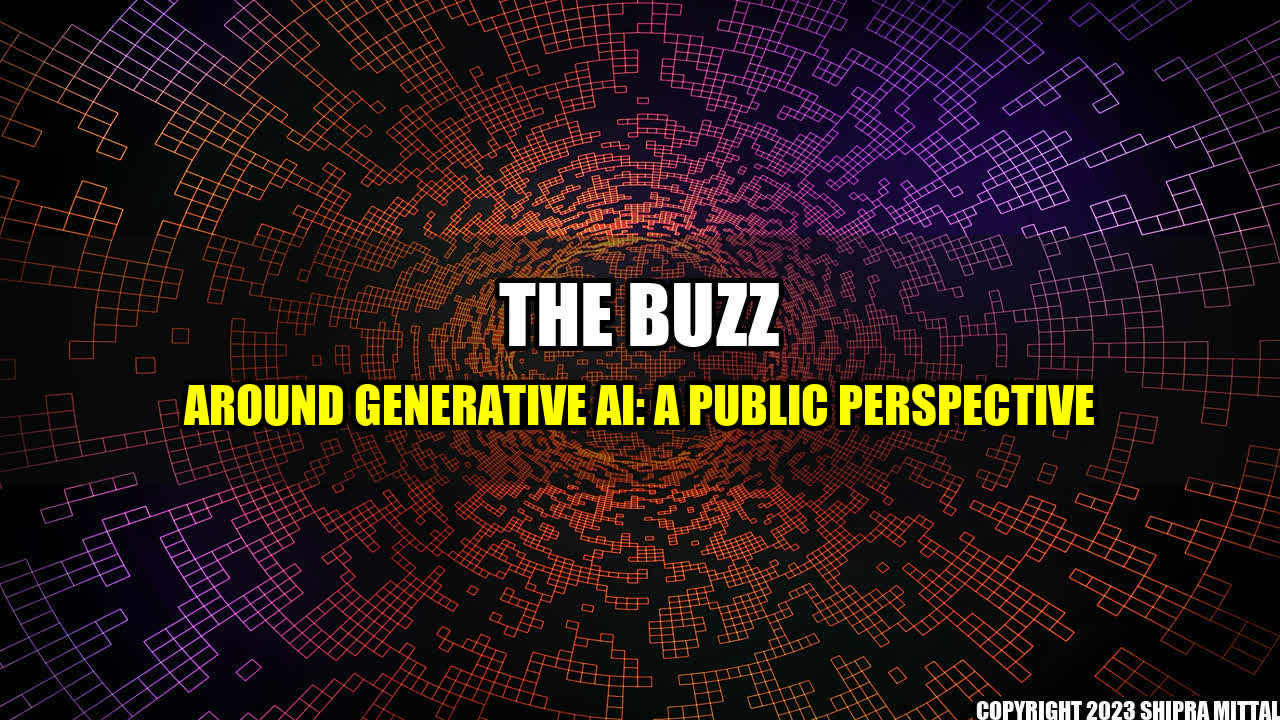The Story of a Painting and a Machine
Two years ago, in a small town in Italy, a famous art gallery launched a unique exhibition. They invited a group of leading researchers in Artificial Intelligence and challenged them to produce original artworks using Generative AI algorithms. The results were striking. Visitors could see paintings never before seen, created by machines that were trained using thousands of art classics and patterns.
I remember one painting vividly. It depicted a deserted beach, with golden sand and palm trees. The colors were so vivid, the lines so perfect, that one could swear it was a work from a professional painter. And yet it was created by a machine, one that had never seen the beach nor the palm trees before. It just understood the essence of beauty and replicated it.
That painting was a clear demonstration of both the potential and the risks of Generative AI. On the one hand, we saw how machines can emulate and enhance human creativity, bringing new beauty and inspiration to the world. On the other hand, we wondered what would happen if the same technology fell into the wrong hands, or if it was misused for malicious purposes.
The Power Within
Generative AI is a relatively new field, focusing on creating algorithms and systems that can generate new and original content. Its power lies in its ability to learn from millions of patterns and examples and then come up with new outputs that mimic or surpass their predecessors. This can include anything from art, music, and literature to new chemical compounds, designs and even virtual humans.
A good example of the potential of Generative AI is IBM's Project Debater. Launched in 2018, Project Debater used a powerful Generative language model to debate against human champions on complex topics, harvesting arguments and evidence from vast libraries of information. Although it lost the match, the quality of its arguments and its ability to think and reason was impressive, showing that we might not be far from a future where machines can substitute humans in critical thinking and decision-making tasks.
Another example comes from the fashion industry, where several companies, including Adidas, H&M and Zara, are already using Generative AI to create custom-made clothing designs that match customer demands and preferences. By learning from previous trends, style and brand preferences, Generative AI can create unique pieces that appeal to different audiences and increase diversity and sustainability in the fashion industry.
The Risks Involved
However, the power of Generative AI can also be an unpredictable and risky one. One major concern is the potential for generative models to produce misleading or fraudulent content. For instance, Generative AI models can be used to create fake news articles or manipulated images that are almost impossible to distinguish from real ones. This opens the door for misinformation campaigns, reputation damage and even political or social manipulation.
In addition, the use of Generative AI for surveillance, discrimination or unethical purposes can have dire consequences. For example, facial recognition systems that are built using biased Generative AI models can lead to false identifications and unjust arrests of certain groups, perpetuating social injustice and discrimination. Similarly, Generative AI tools can be used by hackers to create phishing emails, malware or even generate deepfake videos that threaten our security and privacy.
The Way Forward
Generative AI is not just a technological breakthrough, but a shift in the way we perceive creativity, intelligence and human-machine interactions. As such, it requires a multidisciplinary approach that involves developers, policymakers, ethicists, artists and the general public.
Here are three key points to consider on the way forward:
- Transparency and Accountability: To prevent the misuse of Generative AI, developers, and companies should be transparent about the algorithms and datasets they use, and monitor their models for biases or errors. Policymakers should enforce more stringent regulations to ensure accountability and transparency, and educate the public on the risks and benefits of Generative AI.
- Empowerment and Inclusion: Instead of replacing human creativity, Generative AI should be used to enhance it. It should provide opportunities for different voices, cultures, and styles to contribute to the global creative pool and generate innovative solutions for complex problems. To achieve this, we need to invest in diverse and inclusive talent, training, and education in the fields of AI and the arts.
- Collaboration and Dialogue: To fully realize the potential of Generative AI, we need to create more spaces for collaboration and dialogue among different disciplines and perspectives. We need to encourage cross-disciplinary research, funding opportunities and bring together thought leaders and policymakers to share insights and best practices.
Generative AI has the power to transform and disrupt many aspects of our society and economy. It can bring new forms of art, music, and literature, improve healthcare, enhance the environment, and advance scientific discoveries. However, we need to approach it with caution and responsibility, making sure we use it for the good of all and not just for a few. Only then will we achieve a world where creativity knows no limits and machines and humans can co-create a better future.

Akash Mittal Tech Article
Share on Twitter Share on LinkedIn